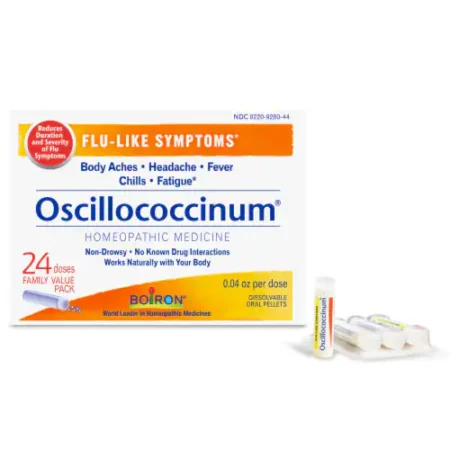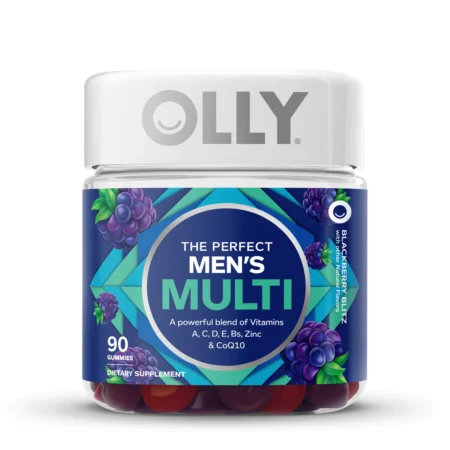Residing in bright places and hanging out outdoors might raise the threat for skin cancer, however a brand-new research study led by UC San Francisco and the Australian National University reveals that in kids and young people, sun direct exposure might safeguard versus numerous sclerosis. The research study follows previous work by other scientists that has actually shown an association in between increased ultraviolet direct exposure in youth and lower chances of adult MS.
The research study consisted of 332 individuals aged in between 3 to 22, who had actually had MS for approximately 7 months. Their places and quantity of sun direct exposure were matched by age and sex to 534 individuals without MS, the scientists reported in their research study, which releases in the online concern of Neurology, the journal of the American Academy of Neurology, on Dec. 8, 2021.
In surveys completed by individuals with MS or their moms and dads, 19 percent mentioned that they invested less than thirty minutes day-to-day outdoors throughout the previous summertime, compared to 6 percent of those who did not have MS. When the scientists changed for MS dangers, like cigarette smoking and female sex, they discovered that the individuals who invested approximately thirty minutes to one hour outdoors daily had a 52 percent lower possibility of MS, compared to those who invested approximately less than thirty minutes outdoors daily.
” Sun direct exposure is understood to enhance vitamin D levels,” stated co-senior author Emmanuelle Waubant, MD, PhD, teacher in the UCSF Department of Neurology and of the Weill Institute for Neurosciences. “It likewise promotes immune cells in the skin that have a protective function in illness such as MS. vitamin D might likewise alter the biological function of the immune cells and, as such, contribute in securing versus autoimmune illness.”
Development Slower in Pediatric MS, Regardless Of Inflammatory Start
While MS typically strikes grownups in between the ages of 20 to 50, some 3 to 5 percent of the around one million clients in the United States with the condition start experiencing signs in youth. Pediatric-onset MS is at first extremely inflammatory, however takes longer than grownups to advance, with signs of secondary development, such as moderate to serious weak point, bad coordination and bowel and bladder control, taking place usually 28 years after illness start, according to professionals. Nevertheless, these impairment landmarks are reached around ten years previously than in adult MS.
The scientists likewise discovered an association with the strength of sunshine and approximated that locals of Florida would be 21 percent less most likely than locals of New york city to have MS. They kept in mind that sun direct exposure was “dose-dependent,” the longer the direct exposure the lower the threat. And even direct exposure in the very first year of life appeared to safeguard versus MS, they stated.
Thankfully, using sun block does not appear to minimize the healing results of sunshine in fending off MS, kept in mind Waubant, who is likewise director of the UCSF Regional Pediatric Numerous Sclerosis Center. Scientific trials are required to figure out if “increasing sun direct exposure or vitamin D supplements can avoid the advancement of MS or modify illness course post-diagnosis,” she stated. On the other hand, “encouraging routine time in the sun of a minimum of thirty minutes day-to-day particularly throughout summertime, utilizing sun security as required, particularly for very first degree family members of MS clients, might be a beneficial intervention to decrease the occurrence of MS.”
Minimal sun direct exposure and/or low levels of vitamin D have actually been related to other conditions. These consist of Parkinson’s illness, Alzheimer’s and other kinds of dementia, in addition to schizophrenia and other auto-immune illness like Type 1 diabetes, Crohn’s illness and lupus.
Senior co-author is Robyn Lucas, MBChB, PhD, of the Australian National University in Canberra. First author is Prince Sebastian, PhD, likewise of the Australian National University. For a complete list of co-authors and prospective disputes of interest, please see the research study.
The research study was moneyed by the National Institutes of Health (RO1NS071463, EW) and the National MS Society (HC0165, CC)






